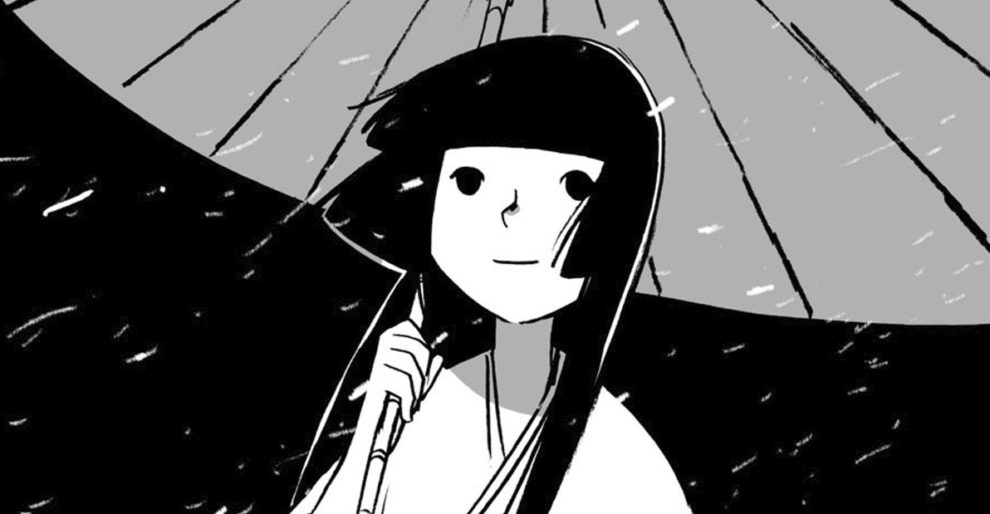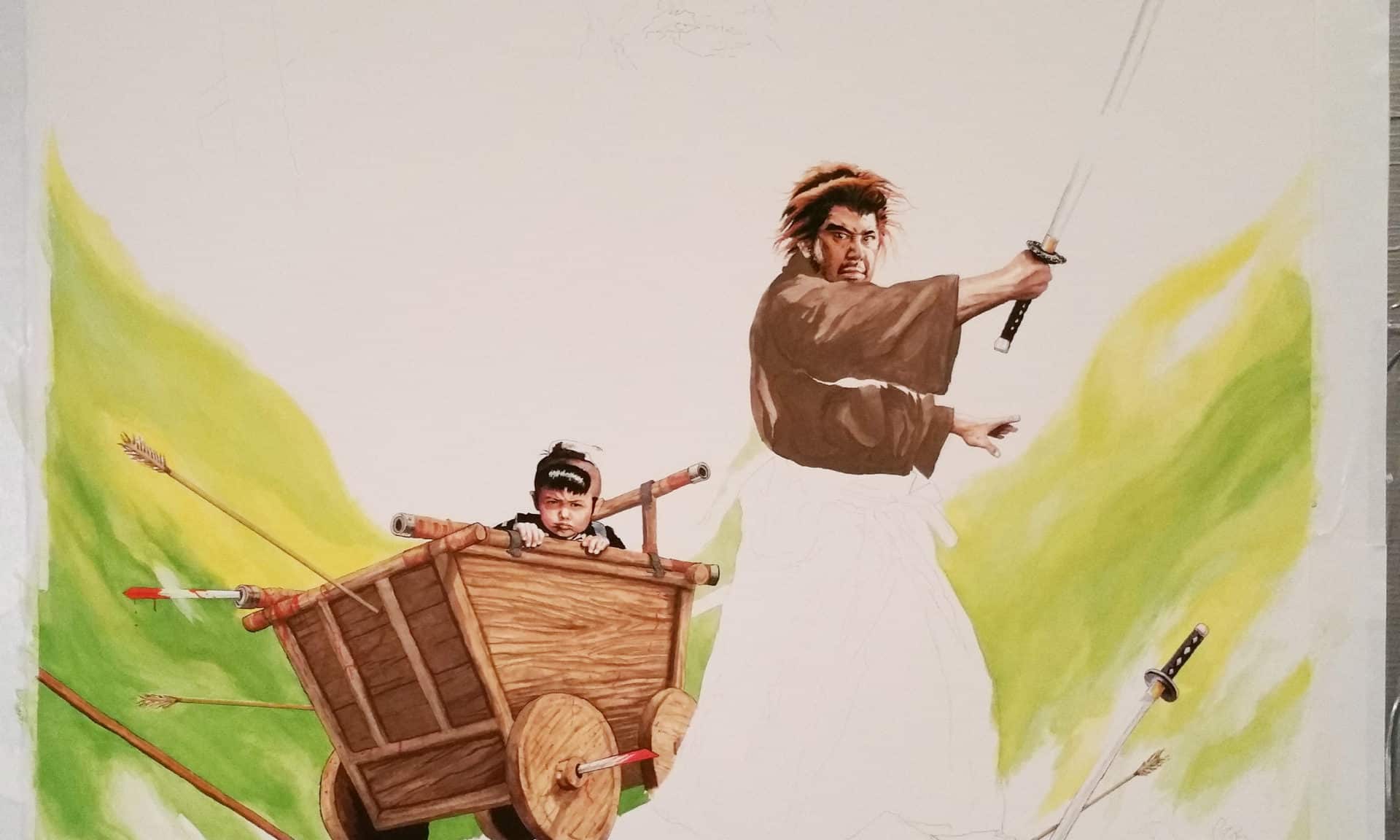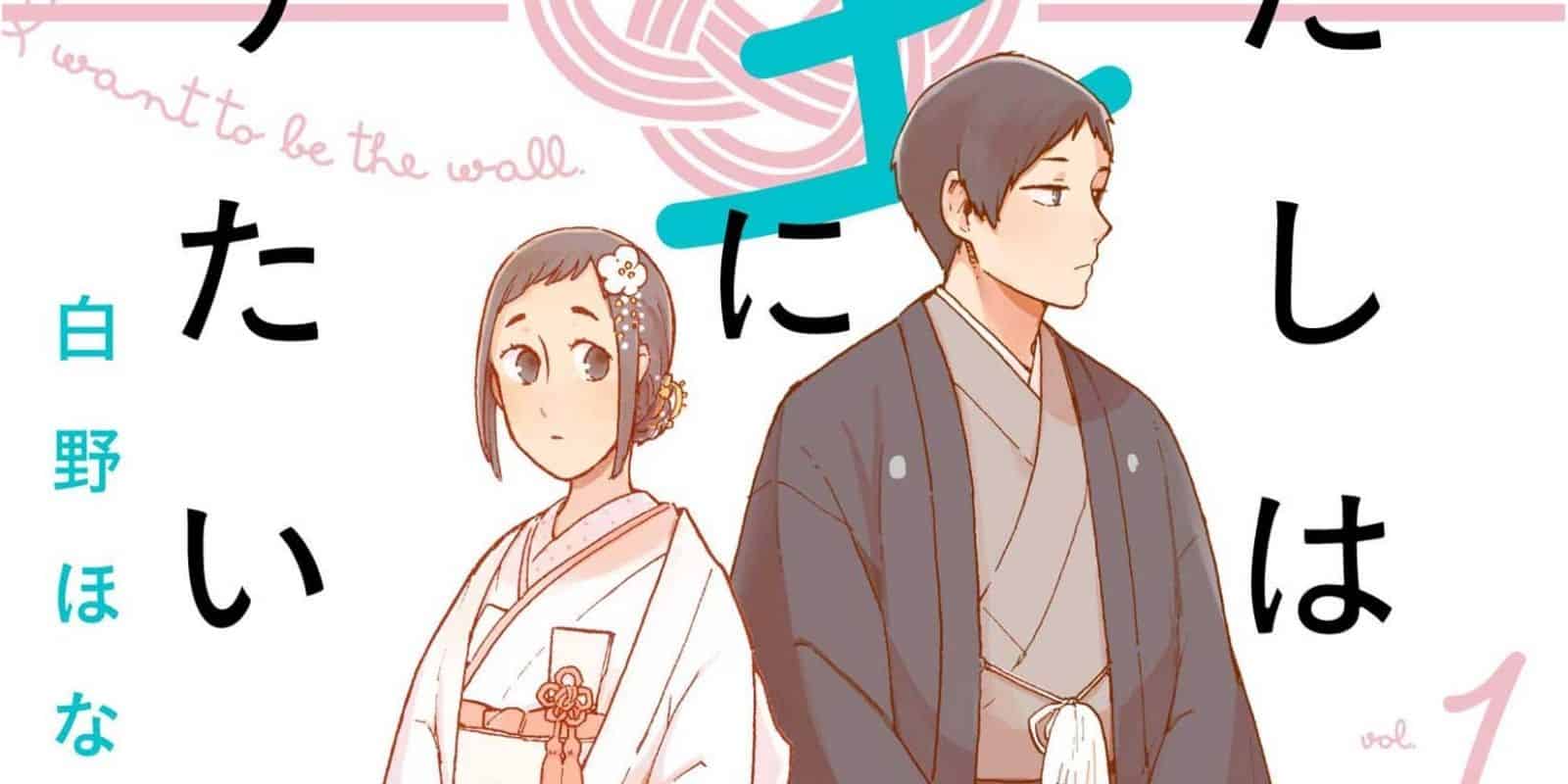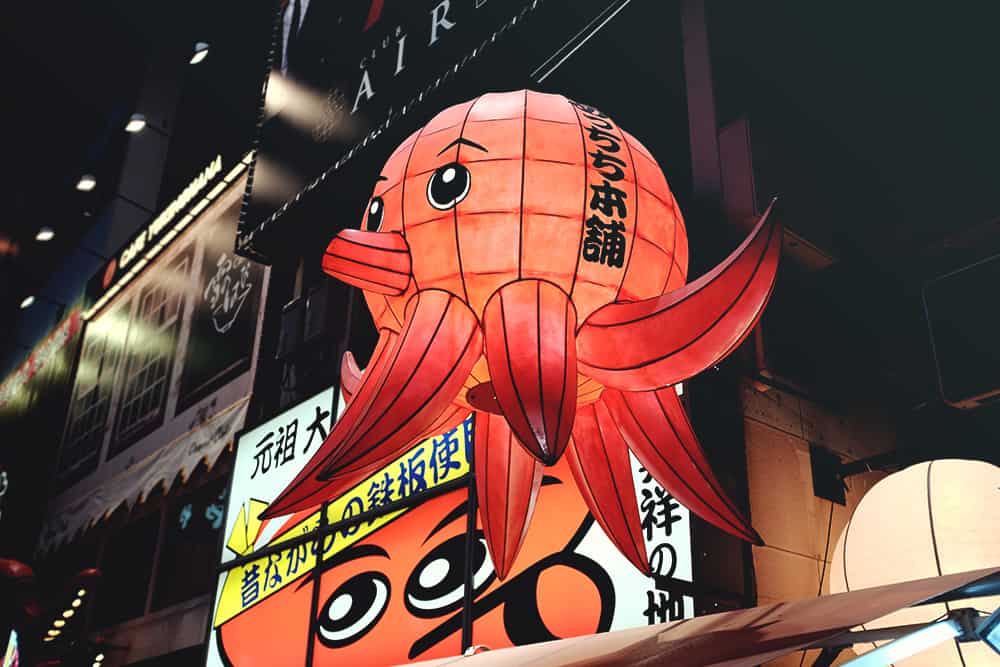“Never Open It: The Taboo Trilogy is a collection of three stories from Ken Niimura that are rooted in well-known Japanese folk tales, such as Urashima Taro and The Crane Wife. Each story delves into the concept of the taboo, asking questions such as “Why are these rules meant to be followed?” and “Who and why sets these rules?” Taking inspiration from the Japanese folk tales told to Ken Niimura as a child and combining them with his unique and captivating art style, Never Open It: The Taboo Trilogy is a must read graphic novel for fans of beautiful literary comics.” (Yen Press)
Buy This Title
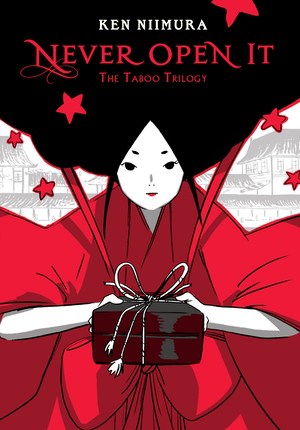
There are certain books that just resonate a timeless joy, those you can pick up and explore from child to adult and find a comforting familiarity. Ken Niimura's “Never Open It: The Taboo Trilogy” is one instance where this sentiment could not be more concrete. Drawing influence from classic Japanese tales, Nimura imbues the timeless cautionary tales with his own spin and vision – creating work that perfectly straddles between classic and modern storytelling. Furthermore, the tales are steeped in morality that reflects past sentiments but can still resonate with the youth today. As a result, mature readers will appreciate the beautiful simplicity that they can enjoy reading with their child, niece or nephew, while being able to connect to the tales on the level that comes from aged wisdom. Ultimately, the book feels like a long cherished release despite being a new creation – wonderfully balanced and perfectly encapsulating traditional means of storytelling.

It is easy to quantify Niimura's art style as simplistic, as the aesthetic certainly is defined by rudimentary line work and empty space. However, what the art lacks in detail, it makes up in expressive characters and grandiosity. For example, the opening title story “Never Open It” follows a young boy as he is swept away to an undersea kingdom, only to grow homesick and return to find that decades have passed in a short time. Visually, the tale makes the underwater paradise come to life with a playful display of excess as the young kid is tempted to stay in the land. This contrasts with the later realization of returning home as his enthusiasm and the beauty of the land has faded away, aptly reflecting time and people lost. To great pleasure, “Never Open It” shows many similar contrasts that capture both the beauty and the sorrow that Japanese folklore can focus on, in its cautionary tales.
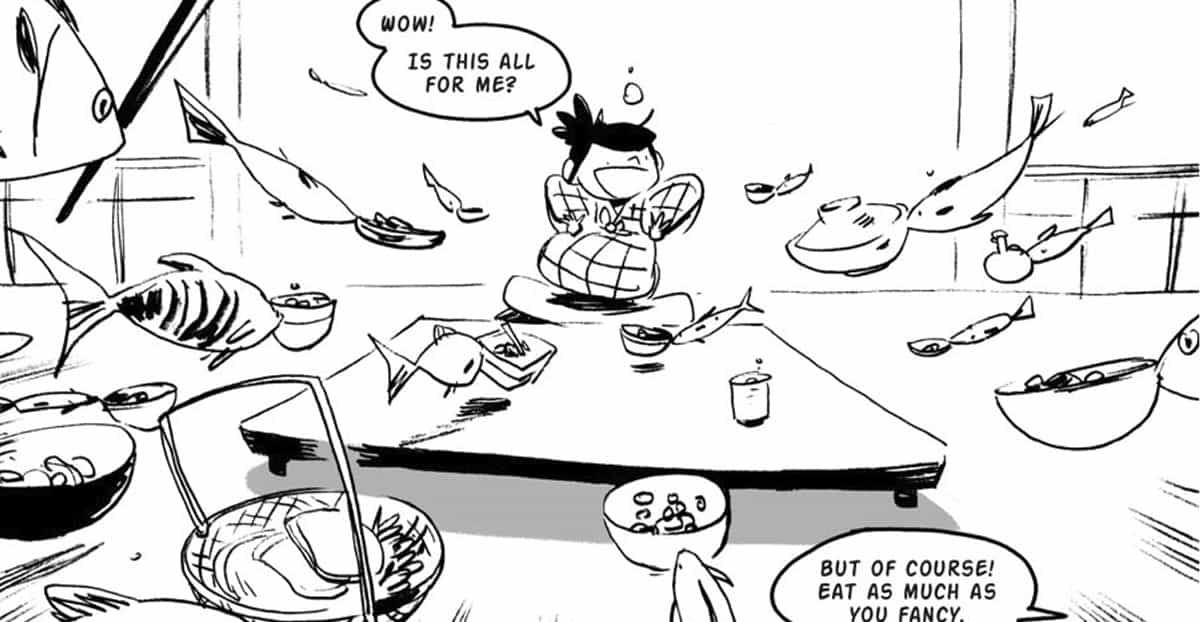
It is difficult to really pick a stand-out out of the three segments, as each has their own strengths. However, the story ‘The Promise' is arguably the most well presented. Running with a theme throughout the book of using red to highlight certain panels and actions, the final segment explodes with white, red and black as the story draws to conclusion. Specifically, the segment gifts readers with a haunting vision of a town bound in red string as a large black burn drowns out the skyline while the inhabitants succumb to panic. Easily, ‘The Promise' is where the artistic style of Niimura is most pronounced and expressive – it is an utterly idyllic way to close out the stunning anthology.
A shining gem of story and art, “Never Open It” is an experience that will close that gap between adults and children, an enjoyable affair for both. In addition, the work is oddly nostalgic to the more familiar morality driven tales that defined the youth of older generations and can easily be cherished as a singular experience. Regardless of age or interest, this is a stand out release from Yen Press and Ken Niimura deserves of a wide audience and deeper exploration.


